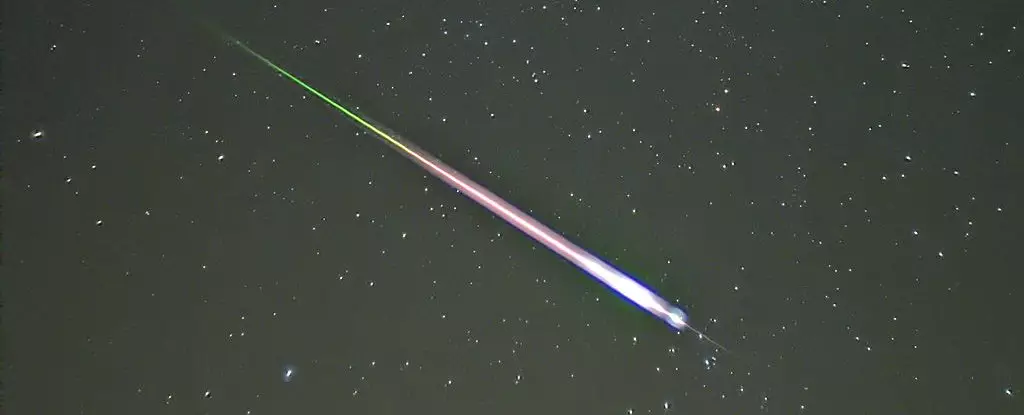The year 2021 has been a treat for avid skywatchers, with a myriad of captivating cosmic events. From dazzling planetary alignments to mesmerizing meteor showers, there has been no shortage of celestial wonders. And now, the Universe is about to deliver another celestial spectacle – the Leonid meteor shower, set to peak in the early morning hours of November 18th. With its global visibility and favorable viewing conditions, this astronomical phenomenon is not to be missed.
As Earth ventures through the debris path left behind by the well-known Tempel-Tuttle comet, the Leonid meteor shower occurs. These small fragments, approximately the size of a pea, enter our atmosphere and undergo combustion, creating luminous streaks across the night sky. Though they may lack the dramatic fireballs associated with the Taurid meteor shower, the Leonid meteors still promise to put on a breathtaking show.
What sets the Leonid meteor shower apart from other meteor showers is its incredible speed. As fragments of space dust hurtle towards Earth, they impact our atmosphere at a mind-boggling velocity of 71 kilometers (44 miles) per second. This astronomical velocity ensures that the Leonid meteors traverse the celestial canvas swiftly, creating an intense visual experience for sky gazers.
The Leonid meteor shower has gained notoriety for its occasional meteor storms, during which an extraordinary number of comets streak across the sky. A particularly unforgettable event took place in 1966 when viewers in the US southwest witnessed an astonishing display of up to 3,000 meteors per minute. However, such meteor storms occur approximately every 33 years, coinciding with the Tempel-Tuttle comet’s orbit cycle around the Sun. Unfortunately, the next predicted meteor storm will not occur until around 2032.
During the Leonid meteor shower, observers can anticipate a breathtaking celestial performance originating from the Leo constellation. However, these captivating meteors will not be constrained to a single region of the sky. Instead, they will grace the entire expanse, rewarding dedicated spectators with a panoramic display of glittering cosmic beauty.
Mark your calendars for the early hours of November 18th, an ideal time to venture outside and marvel at the Leonid meteor shower. With minimal lunar interference, viewers can expect to witness an average of 10-15 meteors per hour after midnight, during the early hours of Saturday morning. Embrace this celestial phenomenon and allow the Leonid meteor shower to captivate you with its celestial splendor.


Leave a Reply